"When it comes to interior design, you can never go wrong with coherence." When it comes to interior design, you can never go wrong with coherence. A space where one area naturally flows into another is universally aesthetically appealing, no matter what your preferred style is. There are many ways to create a nice flow in your home. While hiring a designer is always an option, you can also make many design changes on your own; you just need to know what to pay attention to. To make it easier, we've compiled this guide of six ways to create better flow in your home. Consider the overall style of your homeOne of the most common mistakes people make is designing each room separately. We've all seen this before, as having a new theme for each room used to be a trend in the 80s. However, it's definitely long gone by now. In fact, it can make your home quite incoherent. For example, picking out one aesthetic for your kitchen and a completely different one for the dining room is not a good design idea. There is a certain everyday flow between these rooms, yet they will seem like two completely separate entities. To achieve a natural flow inside your home, you should look at your living space as a whole rather than just a bunch of rooms stuck together. In addition to that, think about your daily patterns. Consider which rooms are more connected to other ones and have more daily traffic. All of this is necessary for achieving the natural circulation of your living space. Be consistent with the style of your furnitureOne of the first things anyone notices in a room is furniture. Mismatched furniture can look rustic and quirky sometimes. However, in most cases, it will make your home seem inconsistent. Of course, buying a whole new set of furniture for your entire house can be financially challenging. Luckily, there's no reason to do that. Think about the style you'd like to see throughout your home and note which pieces of furniture you already own fit that. This approach is especially helpful when you're moving. You have a blank slate to work with, and you can take only what you need to your new home. Some people have reservations about handling bulky furniture when moving as they deem it to be unsafe. However, there are many ways to avoid injury while doing that, so there's no reason to worry. Reusing some of your old furniture will save you a bit of money too, which is always nice. "Sticking to a uniform furniture style is always a good idea." Choose a matching color scheme for your wallsOne of the easiest ways to create better flow in your home is by using color the right way. Painting your walls is the best way to achieve this. It doesn't take too much time and effort; you can make it a fun weekend project. Still, it will change the looks of your home significantly. When you're looking to spruce up the place with paint, you have several options that will result in a coherent space. The first option is to use the same two or three similar colors throughout your house. Many people opt for different shades of beige, off-white, or grey. This is probably a safer bet, as you don't have to think it through too much. Another option is to pick out complementary color schemes. While the colors won't be similar, they'll work with each other really well. This will help you create an effortlessly flowing space. "Using the right wall paints is one of the best ways to create better flow in your home." Keep the flooring through your house as consistent as you canMany different types of flooring throughout your house can often break up the space visually. Carpets in one room, hardwood in another, and then tiles in the kitchen are natural flow's worst enemy. Different flooring makes the rooms seem disconnected from one another, which is exactly the opposite of what you want. Keeping the flooring consistent is key to overcoming this. Avoid breaks between the rooms where you can, and you can achieve a seamless transition. However, it's not completely realistic for all the floors in your home to be exactly the same. Some rooms function better with tiles, for instance, kitchens and bathrooms. In those cases, try to match the undertone and the general color scheme of two types of flooring, and that should get the job done. Use styling accents wiselyWisely chosen accents can do wonders for every room. Some people choose statement furniture pieces, while others prefer using the wall space to spice things up a bit. Whatever your style is, keep in mind that accents are your best friend when it comes to creating a flow inside your home. They're easy to use, and yet they can be very effective. One of the easiest ways to use accents is through color. You can start by picking out one or a few signature colors that will be the theme of your accents. This is what's going to tie your living space together. Using the same color accents in each room makes them resemble one another, creating a consistent space. Don't forget about the accessories to complete your roomWhile this is the last thing on our list, it doesn't mean it's any less important than the others. Using the right accessories is one of the most cost-effective ways to create better flow in your home. You just need to have an eye for what works together and what doesn't. Pillows and throw blankets are great examples of accessories that can tie the living space together. Using the same materials, styles, and colors in a few adjacent rooms will allow a seamless flow between them. Also, any type of decoration, such as vases or flower pots, can be really impactful here. "Accessories are important for achieving a consistent look." Flow comfort and functionality completes a stylish homeAchieving a consistent flow can significantly impact the visuals, comfort, and functionality of your living space. It generally makes the space look larger and feel more comfortable to be in. While there are many ways to create better flow in your home, you don't have to implement all of them. Picking out the ones that work best for your household and budget can still work wonders for the overall appeal of your home. AuthorMichelle Goodman is an architect and an interior designer. She occasionally collaborates with moving companies like Four Winds KSA and helps their clients with design ideas for their new homes. Want more expert advice to help you design, build and renovate your home?Paul Netscher has written 2 easy to read books 'An Introduction to Building and Renovating Houses - Volumes 1 and 2'. An Introduction to Building and Renovating Houses Volume 1 deals with Hiring Contractors, Managing Construction and Finishing Your Home. and Designing your ideal home Volume 2 deals with Finding Your Ideal Property and Designing Your Dream Home. ("Great for those that DIY. Very helpful in home renovations!" said a Reader on Amazon.com 5*****) These books are available from Amazon and other online bookstores in paper and ebook. This article is a guest post and the owners of this website take no responsibility for the content or it's originality. The website publishes this article in good faith with the undertaking from the author and supplier that the content has not been plagiarised. Please report any errors in the article to the website owners. Should you prove the content is not original the article will be immediately taken down.
0 Comments
Leave a Reply. |
AuthorI’m a construction professional, author of several successful construction management books, and a home owner. I’ve made mistakes in construction management, I’ve seen others make mistakes, but importantly I’ve had multiple successful construction projects and I’ve learned from the mistakes. I want to share these lessons and my knowledge with you. Also available from:
Amazon Au, Amazon DE, Amazon ES, Amazon CA, Amazon IT, Amazon FR, Amazon NL, Amazon India and 'An Introduction to Building Houses - Volume 2 Finding Your Ideal Property and Designing Your Dream Home'
Archives
July 2024
CategoriesWe welcome genuine comments, especially comments that add additional information to the subject matter in the article. We however reserve the right to remove inappropriate comments, which includes comments that have nothing to do with the subject, comments that include inappropriate language, and comments that are an advertisement for a product or company, or which include an advertising link. Comments must be in English. We will not enter into discussion on why a particular comment was removed.
|
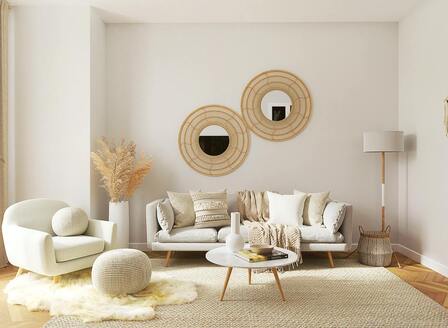
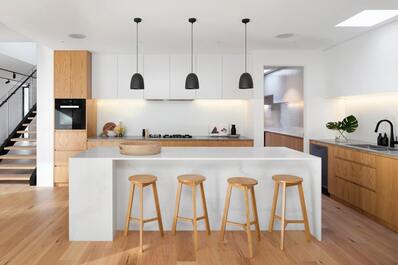
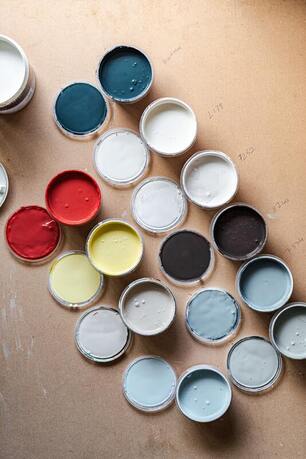
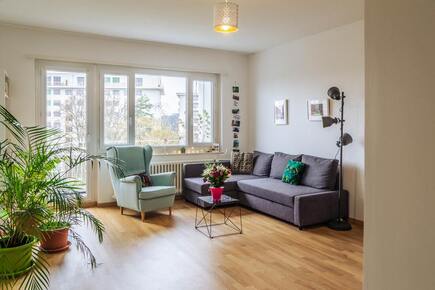

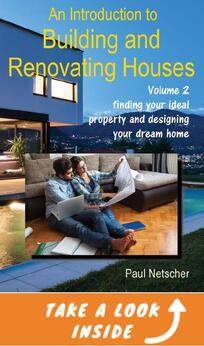


 RSS Feed
RSS Feed


